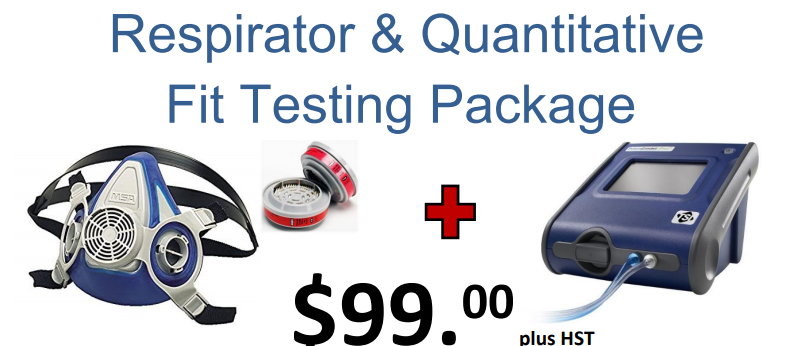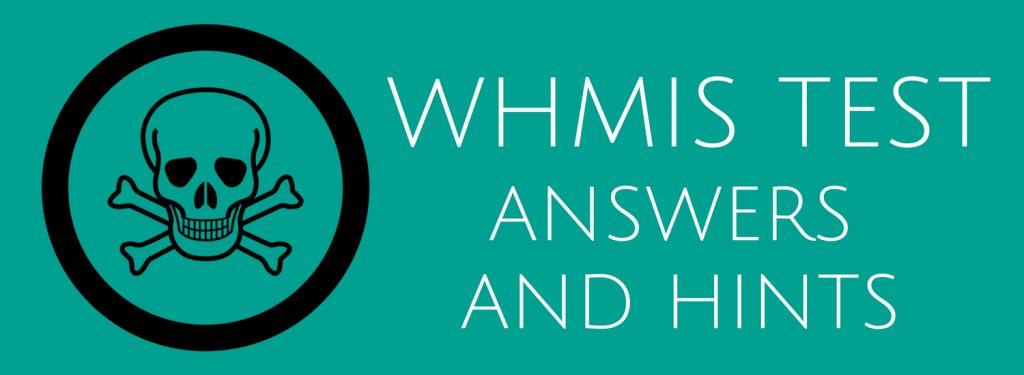
Here are 20 sample questions and WHMIS test answers and hints. You are free to use these questions and answers as an additional resource as you prepare for WHMIS training in your workplace.
Acute has over 100 years of combined experience with in-house or on-site worker environmental and safety training. We want to help you get the training you need to keep your workers safe.
This test includes true or false sample questions, definitions, multiple-choice, and pictogram (symbols) questions.
Tip: Grab a notebook and a pencil. Jot down the questions and try to answer them before looking at the hints/answers!
WHMIS Test Answers

*Tip: Do You Work with Hazardous Substances? HAZWOPER Training Can Keep You Safe.
HAZWOPER stands for Hazardous Waste Operations and Emergency Response. HAZWOPER training is important for anyone who is exposed to hazardous substances and who is engaged in operations including clean-up, treatment, storage, and disposal of hazardous waste.
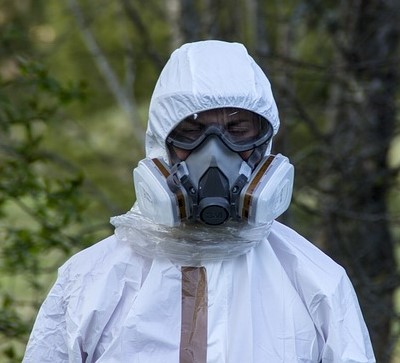
WHMIS Test Answers and Hints – Symbols
The next section of WHMIS test answers will cover WHMIS Pictograms. Some questions will just include the Pictogram name, while others will include the name and symbol as a hint.
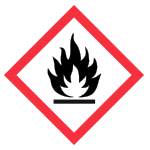
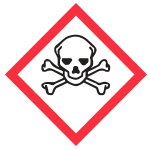
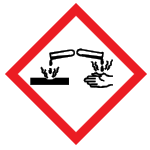
*Tip: Stay Safe at Work With Respirators That Fit Properly
If you work around hazardous chemicals and other materials and need to wear a respirator, ensure that your respirator fits properly. A respirator that doesn’t fit properly or is the wrong type, could mean that you are not properly protected. ACUTE offers respirator and quantitative fit testing that can help you be sure that you are fully protected.
WHMIS Test Answers Training – Want Real Training Today?
Are you ready to really test your WHMIS knowledge? Searching for online WHMIS tests, answers, and hints can only take you so far. Remember, WHMIS training is mandatory for any worker who works with or is potentially exposed to hazardous products in the workplace. If you’re looking for a deeper understanding of the WHMIS system, contact the experienced trainers at ACUTE today!
Training With ACUTE
With over 100 years of combined experience, you can be sure to receive quality, hands-on training from knowledgeable and experienced staff. Here are some of the differences when training with ACUTE:
- Open Door Instructor-Student Partnership – ACUTE’s training services emphasize client participation. Our staff
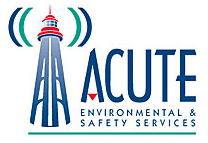 want to build a relationship with clients and serve as a touchstone for advice anytime moving forward.
want to build a relationship with clients and serve as a touchstone for advice anytime moving forward. - Serving Your Team and Industry – With a vast array of clients in the manufacturing, construction, health, academic, and government sectors, ACUTE brings the best safety practices from across the spectrum to your workplace.
- 100 Years Combined Experience – ACUTE provides comprehensive health and safety training, on-site safety services, and consulting services. With over 100 years of combined experience, our company staff offer more than theoretical or abstract ideas. ACUTE offers solutions.
- Track Record of Success – ACUTE is rated 4.9/5 stars on Google reviews, demonstrating a commitment to our clients, quality, and passion for training.
What Our Customers Are Saying…
“ACUTE’s trainers have a passion for the material and care about their clients.”
– Rob, Tank Manufacturing Company

